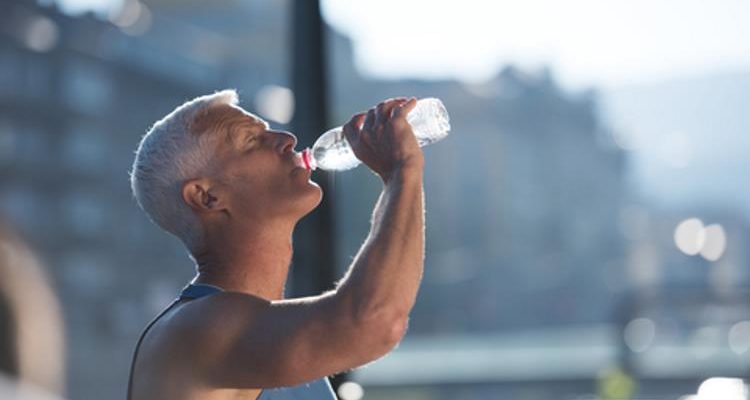
Are you a fan of water sports? If so, it’s important to make sure you’re taking proper care of your skin while enjoying your favorite activities. Sunburn can be a real buzzkill, but fear not! In this article, we’ll explore some useful tips on how to prevent and treat sunburn while engaging in water sports. By following these guidelines, you can have a safe and enjoyable time outdoors without worrying about the damaging effects of the sun on your skin. So grab your sunscreen and let’s dive into the world of skin protection!
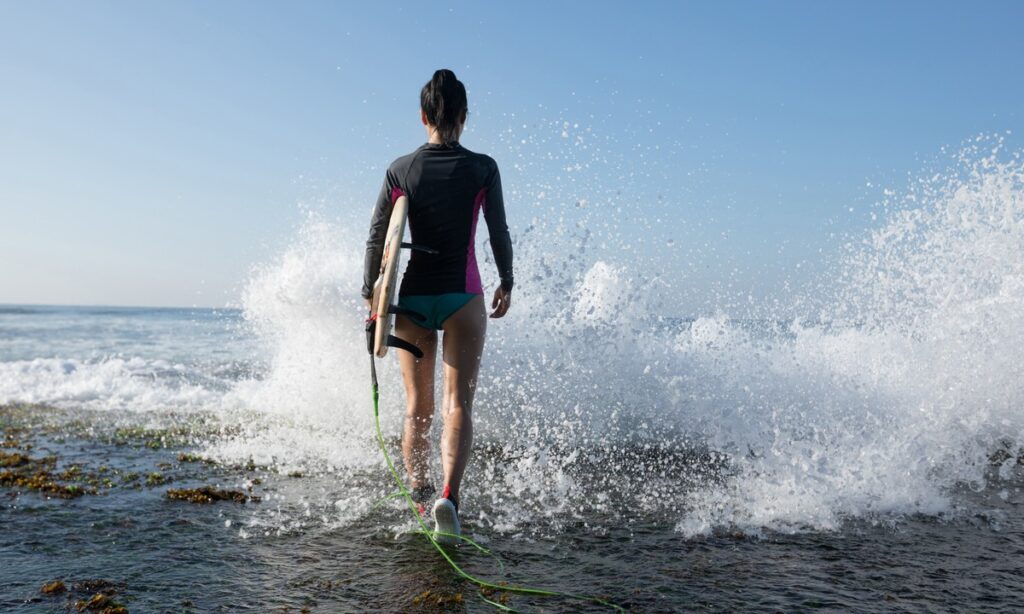
This image is property of www.sailmagazine.com.
Understanding the risks of sun exposure
The importance of protecting your skin
When it comes to water sports, protecting your skin should be a top priority. The sun’s harmful UV rays can cause serious damage to your skin, leading to painful sunburn, premature aging, and even an increased risk of skin cancer. By taking the necessary precautions, you can enjoy your time on the water without compromising your skin’s health.
The dangers of UV radiation
UV radiation is a type of electromagnetic radiation that is emitted by the sun. It is invisible to the naked eye but can have harmful effects on the skin. There are three types of UV radiation: UVA, UVB, and UVC. UVA can prematurely age the skin and contribute to skin cancer, while UVB is responsible for sunburn. UVC is mostly absorbed by the ozone layer and doesn’t reach the Earth’s surface. Protecting your skin from both UVA and UVB radiation is crucial for maintaining its health.
Common misconceptions about water sports and sunburn
Many people believe that they don’t need to worry about sunburn while participating in water sports because the water acts as a barrier between the skin and the sun. However, this is a common misconception. In fact, water can actually reflect the sun’s rays, intensifying the exposure to UV radiation. Additionally, spending time in the water can make it easy to forget about the sun’s intensity and neglect proper sun protection. It is important to understand that whether you are in or out of the water, your skin is still at risk of sunburn.
Choosing the right sunscreen
SPF and broad-spectrum protection
When choosing a sunscreen for water sports, it is essential to look for one with a high Sun Protection Factor (SPF) and broad-spectrum protection. SPF determines the level of protection against UVB radiation, with higher numbers indicating greater protection. Broad-spectrum sunscreens protect against both UVA and UVB rays. By using a sunscreen with a high SPF and broad-spectrum protection, you will be shielding your skin from a wide range of UV radiation.
Water-resistant vs. waterproof sunscreen
Water-resistant sunscreen is designed to provide protection for a limited amount of time while exposed to water, whereas waterproof sunscreen offers longer-lasting protection. However, it is important to note that no sunscreen is entirely waterproof or permanent, and you will need to reapply regularly, especially after swimming or sweating. Look for water-resistant sunscreens that are labeled as such and follow the instructions for reapplication to ensure optimal protection.
Considerations for different skin types
Different skin types have varying levels of sensitivity to the sun. Individuals with fair skin will generally require a higher SPF to prevent sunburn, while those with darker skin may have more inherent protection against the sun’s rays. It is important to understand your skin type and choose a sunscreen accordingly. If you have sensitive skin or are prone to allergies, it may be wise to opt for a hypoallergenic sunscreen to minimize the risk of adverse reactions.
Applying sunscreen correctly
Applying sunscreen correctly is just as important as choosing the right one. Start by applying the sunscreen generously to all exposed areas of skin, including the face, ears, neck, and hands. Don’t forget commonly overlooked areas such as the tops of your feet and the back of your neck. It is recommended to apply sunscreen at least 15-30 minutes before heading out into the sun to give it enough time to absorb into the skin. Remember to reapply sunscreen every two hours, even if the sunscreen is water-resistant.
Additional protective gear
Wearing a sun hat and sunglasses
In addition to sunscreen, wearing a wide-brimmed sun hat and sunglasses can provide extra protection for your face, neck, and eyes. A sun hat with a wide brim will shade your face from the intense rays of the sun, reducing the risk of sunburn and sun damage. Sunglasses with UV protection will shield your eyes from harmful UV radiation, preventing potential eye damage and vision problems. Don’t forget to choose sunglasses that cover the entire eye area, including the sides.
Using protective clothing
While it may be tempting to show off your beach body while engaging in water sports, it is essential to prioritize your skin’s protection by wearing appropriate clothing. Opt for lightweight, long-sleeved shirts and pants made of tightly woven fabrics that provide a physical barrier between your skin and the sun. Some clothing brands even offer UV-protective swimwear that has a built-in SPF. This type of clothing can be a great investment for avid water sports enthusiasts who want to prioritize sun protection without compromising comfort or style.
Importance of lip balm with SPF
Many people often overlook the importance of protecting their lips from the sun’s damaging rays. Lips are particularly susceptible to sunburn, which can lead to painful blisters and chapped lips. To prevent this, apply a lip balm with SPF before heading out into the sun. Look for a lip balm that offers broad-spectrum protection and has at least SPF 30. This will provide the necessary defense against UVA and UVB radiation, keeping your lips soft, moisturized, and sunburn-free.
Selecting a suitable rash guard
For water sports enthusiasts, a rash guard can be a valuable addition to your protective gear. A rash guard is a tight-fitting, lightweight shirt that is designed to protect your skin from the sun, as well as any potential abrasions or irritations caused by equipment or water activities. When selecting a rash guard, consider one with a high UPF (Ultraviolet Protection Factor) rating for optimal protection. UPF ratings indicate how effectively a fabric blocks UV radiation. The higher the UPF rating, the greater the protection.
Precautions for specific water sports
Surfing and sunscreen challenges
Surfing is a popular water sport that poses unique challenges when it comes to sunscreen application. The constant movement and exposure to water can make it difficult for sunscreen to stay on the skin. To maximize protection, opt for water-resistant sunscreen and apply it generously before each surfing session. Consider using a zinc-based sunscreen for added staying power, as it adheres to the skin and provides a physical barrier against the sun’s rays.
Snorkeling and diving precautions
Snorkeling and diving offer an immersive experience in the underwater world, but they also expose your skin to prolonged periods of direct sunlight. When snorkeling or diving, it is essential to wear appropriate protective gear such as a wetsuit or rash guard to minimize direct exposure to the sun. Additionally, make sure to reapply sunscreen after each dive or snorkeling session, as water can rinse off the protective layer.
Kayaking and canoeing safety measures
Kayaking and canoeing are great water sports for exploring serene waterways and enjoying nature. However, extended periods of time spent on the water can increase the risk of sunburn. To protect yourself, apply a generous amount of sunscreen before launching your kayak or canoe. Taking breaks in shaded areas along the way, when possible, can also provide relief from direct sunlight. Don’t forget to reapply sunscreen regularly, especially after any water immersion.
Water skiing and wakeboarding considerations
Water skiing and wakeboarding are high-speed water sports that can be exhilarating but also come with added sun exposure. When participating in these sports, the combination of sun, wind, and water can make the sun’s rays feel even more intense. Wearing protective clothing, including a rash guard and hat, is crucial to shield your skin from the sun. Applying a water-resistant sunscreen with a high SPF before hitting the water is also recommended. Remember to reapply sunscreen regularly to ensure continuous protection.
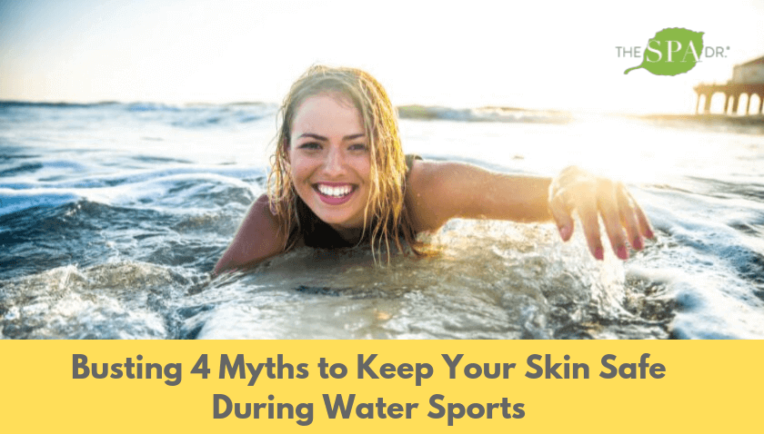
This image is property of resources.thespadr.com.
Timing your activities for sun protection
Avoiding the hottest hours of the day
One of the simplest ways to protect your skin from the sun is to avoid the hottest hours of the day, typically between 10 am and 4 pm. During this time, the sun’s rays are the strongest and pose a greater risk of sunburn. If possible, plan your water sports activities for the early morning or late afternoon when the sun is less intense. By scheduling your activities outside of peak sun hours, you can minimize your exposure to harmful UV radiation.
Knowing the UV index
The UV index is a scale that measures the intensity of UV radiation from the sun. It ranges from 1 to 11+, with higher numbers indicating a higher risk of skin damage. Before heading out for water sports, check the UV index for your location. If the UV index is particularly high, consider adjusting your plans or taking extra precautions to protect your skin. Information about the UV index can typically be found in weather forecasts or through various smartphone apps.
Alternatives to direct sunlight exposure
If you want to enjoy water sports without the risk of sunburn, consider exploring alternative options that minimize direct sunlight exposure. Indoor swimming pools, water parks with shaded areas, and covered water sports facilities can provide a welcome escape from the intense sun. Additionally, certain water sports, such as stand-up paddleboarding or kayaking in shaded rivers or lakes, can offer a more sun-protected experience. Remember, it’s still essential to wear sunscreen and protective gear even if you’re not directly exposed to the sun.
Caring for your skin after water activities
Showering to remove chlorine and saltwater
After participating in any water sports, it is crucial to rinse off to remove any chlorine or saltwater that may have come into contact with your skin. Chlorine from pools and saltwater can be drying and irritating to the skin if left on for prolonged periods. Take a quick shower using a mild cleanser to wash away impurities and replenish your skin’s natural moisture.
Moisturizing to replenish lost moisture
Water sports, especially those involving chlorine or saltwater, can deplete the skin’s moisture levels and leave it feeling dry and tight. To counteract this, apply a moisturizer to your skin after showering. Look for a moisturizer that is hydrating, non-greasy, and preferably one that contains ingredients like aloe vera or hyaluronic acid, which provide soothing and hydrating properties.
Inspecting for signs of sun damage
Checking your skin for signs of sun damage is an essential step in maintaining your skin’s health. After water activities, thoroughly inspect your skin for any signs of redness, tenderness, or peeling, as these may be indications of sunburn. Pay close attention to areas that are more exposed to the sun, such as the face, shoulders, and arms. By regularly examining your skin, you can catch any potential issues early and take appropriate action to prevent further damage.
Taking action if sunburn occurs
If you do experience sunburn after water sports, it is crucial to take immediate action to alleviate discomfort and minimize damage. Applying a cool compress or taking a cool bath can help soothe the burnt skin. Avoid any further sun exposure and wear loose-fitting, breathable clothing to prevent irritation. Over-the-counter pain relievers like ibuprofen can help reduce pain and inflammation. If your sunburn is severe, accompanied by blistering or fever, or if symptoms persist for more than a few days, seek medical attention for proper evaluation and treatment.
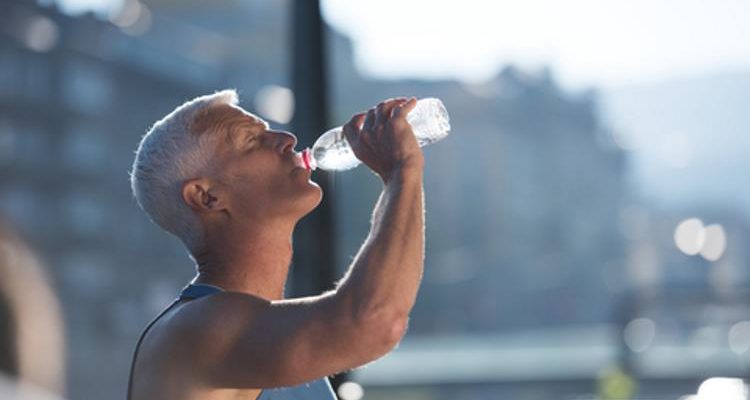
This image is property of sportsmasters.com.
Understanding the benefits of sunblock clothing
What is sunblock clothing?
Sunblock clothing, also known as UPF clothing, is specifically designed to protect your skin from harmful UV radiation. Unlike regular clothing, sunblock clothing is made from fabrics that have a high UPF rating, which indicates the fabric’s ability to block UV rays. UPF clothing is an excellent option for water sports enthusiasts who want an added layer of protection without relying solely on sunscreen.
How does sunblock clothing work?
Sunblock clothing works by using special fabrics that have a tight weave and are treated with UV-protective coatings. This combination helps to block a significant amount of UV radiation from reaching the skin. The UPF rating indicates the percentage of UV radiation that is blocked by the fabric. For example, UPF 50+ clothing blocks at least 98% of UV radiation, providing excellent protection against the sun’s rays.
Advantages and limitations of sunblock clothing
One of the significant advantages of sunblock clothing is that it offers consistent and reliable protection throughout the day. Unlike sunscreen that needs to be reapplied regularly, sunblock clothing provides continuous protection as long as it is being worn. Additionally, sunblock clothing can be particularly beneficial for individuals with sensitive skin or allergies to sunscreen ingredients.
However, it is important to note that sunblock clothing alone may not provide complete protection. It is still recommended to use sunscreen on exposed areas of skin that are not covered by sunblock clothing. Additionally, sunblock clothing is not a replacement for other sun protection measures, such as seeking shade during peak sun hours or wearing a hat and sunglasses.
Tips for staying hydrated
The importance of staying hydrated
Staying hydrated is crucial for overall health and well-being, particularly when engaging in water sports. Spending time in the sun and participating in physical activities can lead to increased fluid loss through sweating. Proper hydration helps regulate body temperature, supports various bodily functions, and keeps your skin healthy. It is essential to drink enough fluids to replenish the water your body loses during water sports.
Choosing the right drinks
When it comes to staying hydrated during water sports, water should be your drink of choice. Drinking plain water is the best way to replenish lost fluids without adding unnecessary sugars or calories. However, if you prefer some flavor, you can also opt for sports drinks that contain electrolytes to replace minerals lost through sweat. Avoid sugary sodas and energy drinks, as these can dehydrate you further.
Monitoring water intake during water sports
To ensure you stay properly hydrated, monitor your water intake during water sports. It is recommended to drink water before, during, and after your activity. Aim to drink at least half a liter of water before starting, and have a water bottle handy to drink from regularly while you’re on the water. Remember that by the time you feel thirsty, you may already be dehydrated, so it’s essential to drink water consistently.

This image is property of www.wikihow.com.
Importance of regular skin checks
Checking your skin for changes
Regularly checking your skin for changes can help identify any potential issues early on. Pay attention to any new moles or spots, changes in the size, shape, or color of existing moles, or any unusual growths or skin abnormalities. Skin cancers, such as melanoma, can often be detected early if you are vigilant about checking your skin for any changes. If you notice anything unusual, consult a dermatologist for further evaluation.
Self-examination techniques
Performing a self-examination of your skin is a straightforward process that can be done at home. Start by undressing completely in a well-lit room and using a mirror to look at your entire body, paying close attention to areas that are often exposed to the sun. Use both a full-length and handheld mirror to inspect hard-to-see areas, such as your back and scalp. Note any changes, new moles, or concerning spots and bring them to the attention of a dermatologist if necessary.
When to consult a dermatologist
While regular self-examinations are important, it is also crucial to consult a dermatologist for professional skin checks. A dermatologist is a medical expert trained to identify potential skin issues and can conduct a thorough examination of your skin. Dermatologists have the knowledge and experience to detect skin cancers and other skin conditions early, giving you the best chance for successful treatment. It is recommended to visit a dermatologist at least once a year for a comprehensive skin check.
Conclusion
Protecting your skin while enjoying water sports is essential for maintaining your skin’s health and preventing potential sun damage. By understanding the risks of sun exposure, choosing the right sunscreen and protective gear, timing your activities, and caring for your skin properly, you can enjoy your favorite water sports while keeping your skin safe. Remember, your skin is your body’s largest organ, and taking care of it is crucial for your overall well-being. So, before you head out for your next water adventure, don’t forget to lather up, gear up, and stay sun-safe.
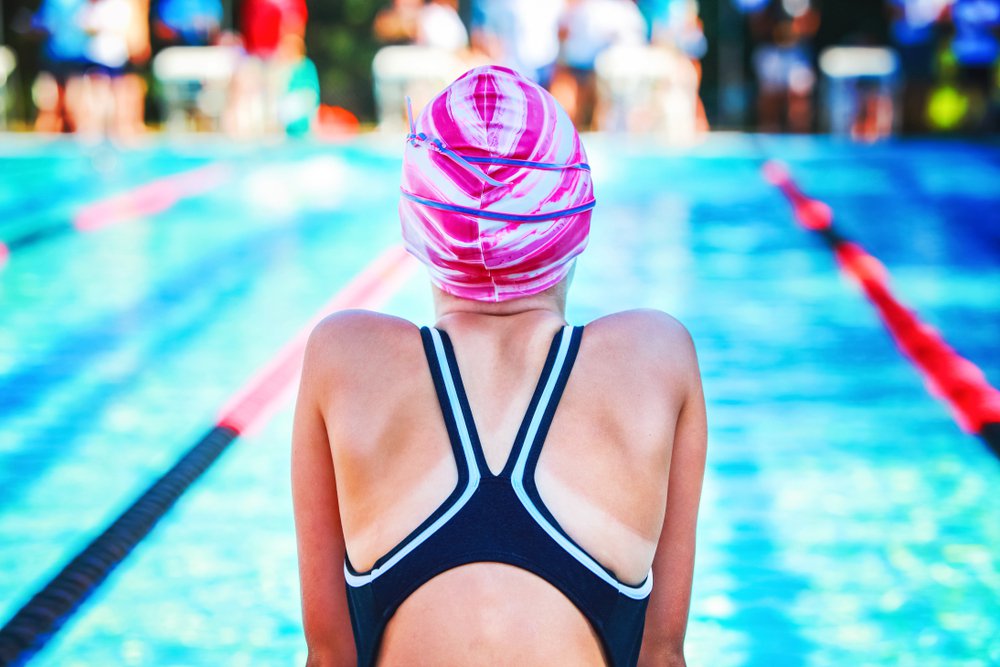
This image is property of storage.googleapis.com.



